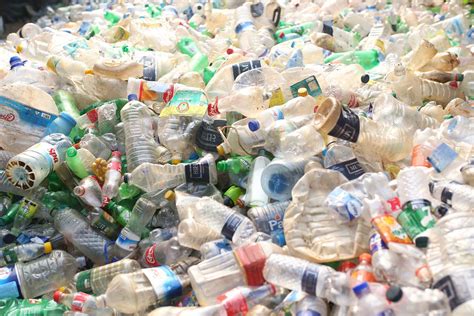“Molecular editing is like CRISPR for polymers, not your typical plastic recycling.”
Imagine a world where our plastic waste can be transformed into high-performance materials through the magic of science. Well, that future might be closer than we think, thanks to the groundbreaking work done by researchers at ORNL.
Plastic pollution has long been a significant environmental concern, with tons of plastic piling up in landfills and oceans around the world. But what if we could take this waste and turn it into something valuable? That’s where polymer editing comes in.
At its core, polymer editing involves rearranging the building blocks of polymers to customize their properties, essentially giving plastics a new lease on life. By manipulating the molecular structure of plastics, scientists can enhance their strength, rigidity, and heat resistance.
“This technology addresses a significant component of the plastic waste stream.”
The concept of molecular editing has garnered attention for its immense potential. In fact, it has been so revolutionary that it has been recognized with two Nobel Prizes in Chemistry. One such technique involves the metathesis reaction, which allows for the creation of new molecules by swapping subunits within polymer chains.
ORNL’s Jeffrey Foster spearheaded a study that showcased how molecular editing could transform commodity polymers commonly found in products like rubber tires and plastic toys. By precisely editing these polymers using innovative techniques, researchers were able to breathe new life into materials that would have otherwise ended up in landfills.
“The potential impact from conserving mass and energy is enormous.”
Through a series of experiments involving soft polybutadiene and tough acrylonitrile butadiene styrene, ORNL researchers demonstrated how waste polymers could be dissolved and repurposed as additives for creating new plastics. This process not only helps tackle plastic waste but also offers a more sustainable approach to material synthesis.
The key lies in utilizing catalysts like ruthenium to facilitate polymerization reactions at low temperatures efficiently. By leveraging the reactive sites within polymer backbones, scientists can control the properties and performance of synthesized materials while minimizing energy consumption and emissions.
“Our goal is to extend this concept to all polymers with reactive functional groups.”
What sets molecular editing apart from traditional recycling methods is its ability to retain the value of original materials without degradation over multiple cycles. This high atom economy approach ensures that nearly all input materials are recovered during the manufacturing process.
Looking ahead, researchers envision expanding this technology to include a broader range of polymers and additives, paving the way for more sustainable practices within the industry. The ultimate goal is to create a circular economy where waste materials are continuously repurposed rather than discarded.
As ORNL continues its pioneering work in polymer research, there is hope for producing high-performance thermoset materials that offer durability and versatility across various applications. By pushing boundaries in material science and sustainability efforts, we may soon witness a significant shift towards greener manufacturing practices worldwide.
In conclusion, through innovation and ingenuity, polymer editing holds immense promise for revolutionizing how we perceive plastic waste — turning it from an environmental burden into a valuable resource for creating advanced materials that benefit both society and our planet.









Leave feedback about this